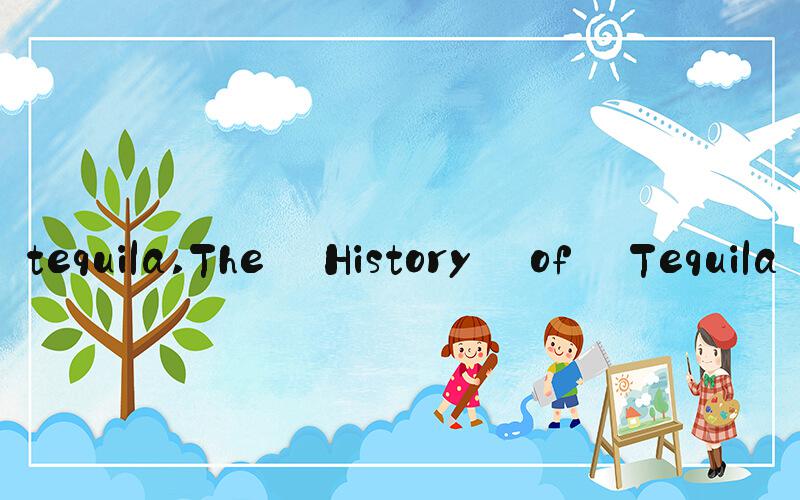 Tequila: A Comprehensive Guide to the Popular Mexican Spirit
Tequila: A Comprehensive Guide to the Popular Mexican SpiritTequila is a distilled spirit that originated in Mexico and is made from the blue agave plant. While it is often associated with margaritas and shots, there is a rich history and culture surrounding tequila that many people are not aware of.
The History of TequilaThe production of tequila dates back to the 16th century, when Spanish conquistadors arrived in Mexico and brought with them the art of distillation. The indigenous people of Mexico had been fermenting the sap of the agave plant for centuries, but it was the Spanish who introduced the process for distilling it into a spirit. The first commercially produced tequila was made in the town of Tequila, Jalisco, which is now the center of tequila production in Mexico.
Today, tequila is regulated by the Mexican government and can only be made in certain regions of the country. It is also subject to strict quality standards, such as being made from at least 51% blue agave and being aged for a minimum of two months in oak barrels.
The Types of TequilaTequila can be categorized into several different types based on how it is aged and processed. The most common types of tequila are:
Blanco (or silver) tequila: This is unaged tequila that is bottled soon after it is distilled. It has a strong, pure flavor and is often used in cocktails.
Reposado tequila: This tequila is aged in oak barrels for at least two months but less than a year. It has a smoother taste than blanco tequila and is often sipped neat or used in cocktails.
A?ejo tequila: This tequila is aged in oak barrels for at least a year but less than three years. It has a rich, complex flavor and is best sipped neat or on the rocks.
Extra A?ejo tequila: This tequila is aged in oak barrels for at least three years. It has a deep, rich flavor and is best sipped neat.
How to Drink TequilaMany people have the misconception that tequila is only meant to be consumed as a shot or mixed into a margarita. However, tequila is a versatile spirit that can be enjoyed in a variety of ways.
For blanco tequila, it is best served chilled and sipped neat or mixed into a cocktail. Reposado and a?ejo tequilas are best served at room temperature and sipped neat or on the rocks. Some people also enjoy sipping tequila alongside a glass of sangrita, a spicy tomato-based drink that is meant to cleanse the palate between sips.
Tequila CultureTequila is not just a spirit, it is also an important part of Mexican culture. In fact, Mexico has declared tequila to be its national spirit. There are numerous festivals held throughout Mexico to celebrate the spirit, including the Tequila Festival in Guadalajara and the National Tequila Fair in Jalisco.
The process of making tequila is also steeped in tradition. Many tequila distilleries still use traditional methods to produce the spirit, such as crushing the agave with a stone wheel and distilling the spirit in copper pots.
The Future of TequilaTequila is becoming increasingly popular around the world, with sales steadily rising year after year. While the demand for tequila is good news for the industry, it also poses a challenge to ensure that the spirit is produced sustainably and responsibly.
Fortunately, many tequila producers are committed to sustainability and are taking steps to reduce their environmental impact. For example, some distilleries are using solar power to reduce their reliance on fossil fuels, while others are using recycled water to irrigate their agave crops.
Overall, tequila is a spirit that is steeped in history, culture, and tradition. From its origins in Mexico to its popularity around the world, tequila has a bright future ahead while still honoring its past.
